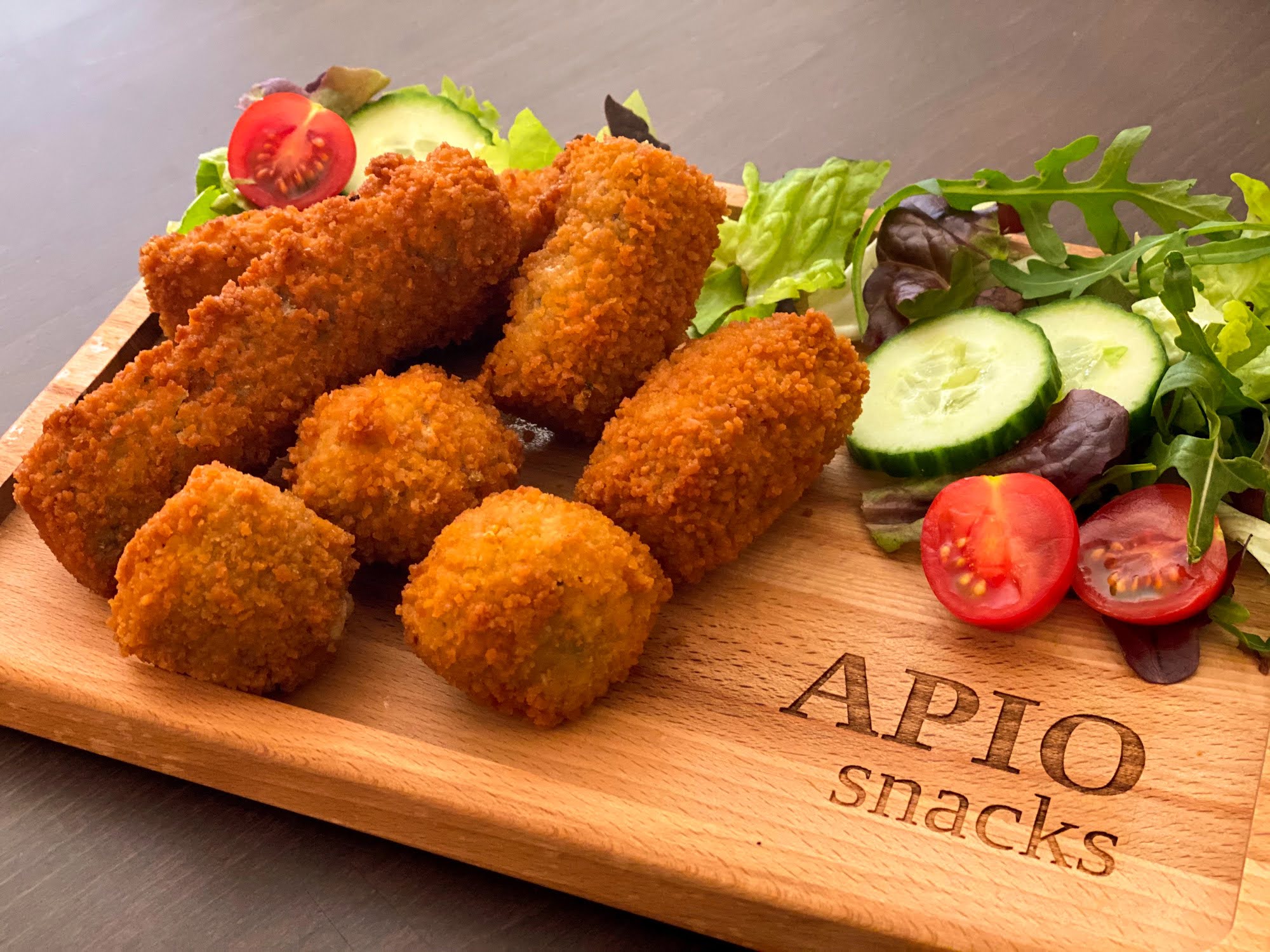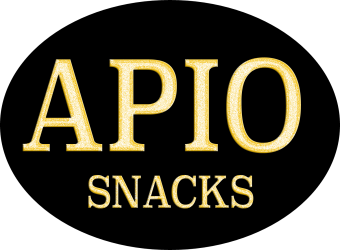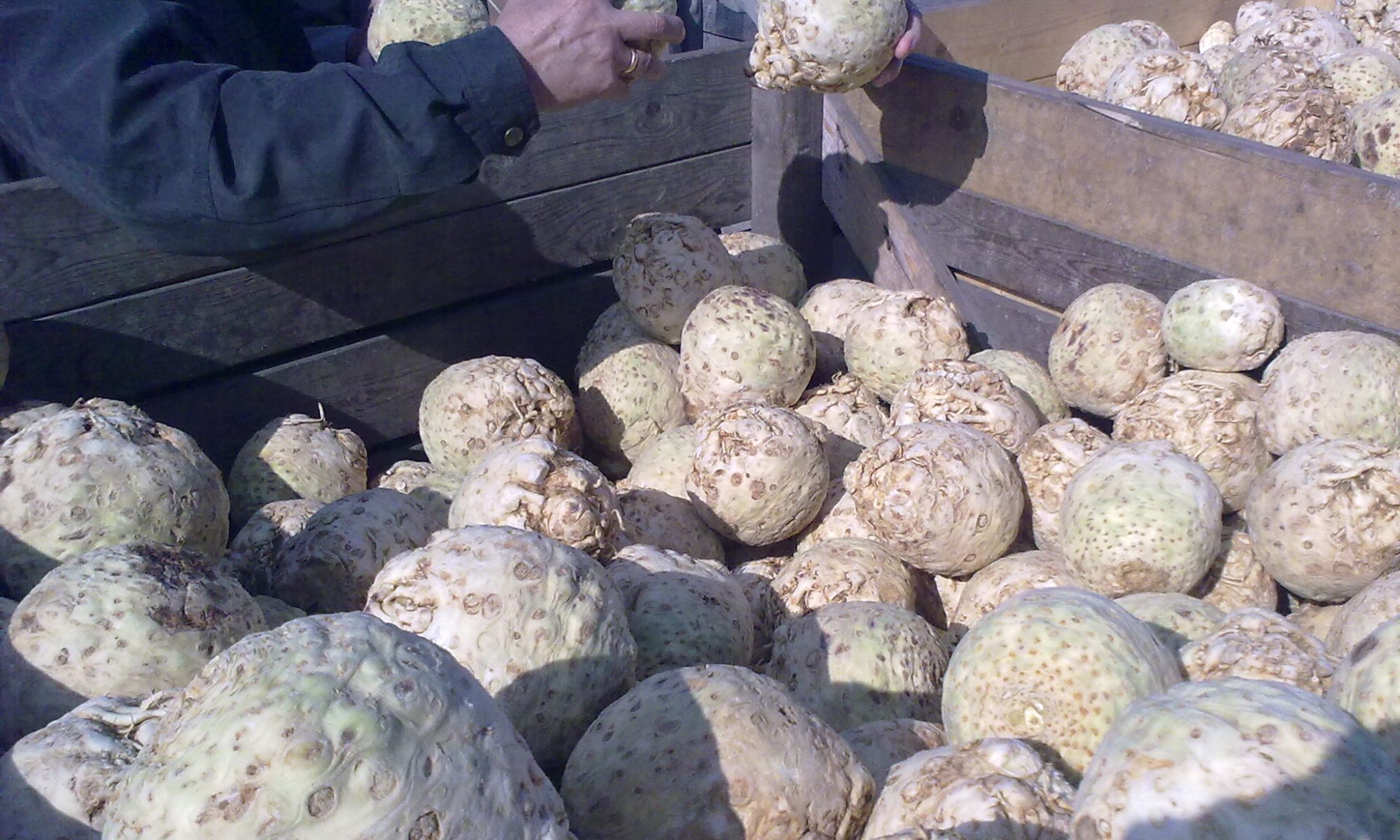Celeriac can be eaten as an alternative to potatoes. The tuber is much more nutritious than potatoes. Celeriac is an underground growing vegetable which is family of carrots. The white tuber has various medicinal properties. Celeriac is related to cutting and blanched celery. Homer, the famous Greek storyteller, wrote about this strange looking but tasty vegetable 800 years before Christ.
Vitamins in celeriac
There are many healthy vitamins in celeriac. Celeriac contains the most vitamin K. 100 grams of celeriac contains 34% of the recommended daily allowance (RDA) for vitamin K. For both vitamin C and vitamin B6, there is 13% of the RDA in this white bulbous root. Of vitamin B5 there is 6% of the RDA in celeriac. There is 4% of the RDA in vitamins B1 and B3 in this underground growing tuberous plant.
View the original article via the link below:
https://mens-en-gezondheid.infonu.nl/gezonde-voeding/104339-de-geneeskracht-van-knolselderij.html

Make the difference
The vegetarian, vegan and flexitarian consumer segments are growing enormously. As celeriac bitterballs and croquettes contain only vegetables, they are particularly suitable for this fast-growing market.
Discover the delicious and honest taste of celeriac
Tijdens diverse blinde smaaktesten met vegetarische bitterballen gaven consumenten de voorkeur aan het recept van de knolselderij bitterbal. Knolselderij staat inderdaad bekend om zijn nootachtige smaak en fluweelachtige textuur. Daarom kan het een geweldig alternatief vormen voor de traditionele beroemde bitterballen.
Choose the healthy option
Biochemical research has shown that celeriac bitterballs and croquettes offer many nutritional benefits (more vitamin C, much more unsaturated fat including Omega 3, 6 & 9 and less saturated fat) compared to the other tested versions.


